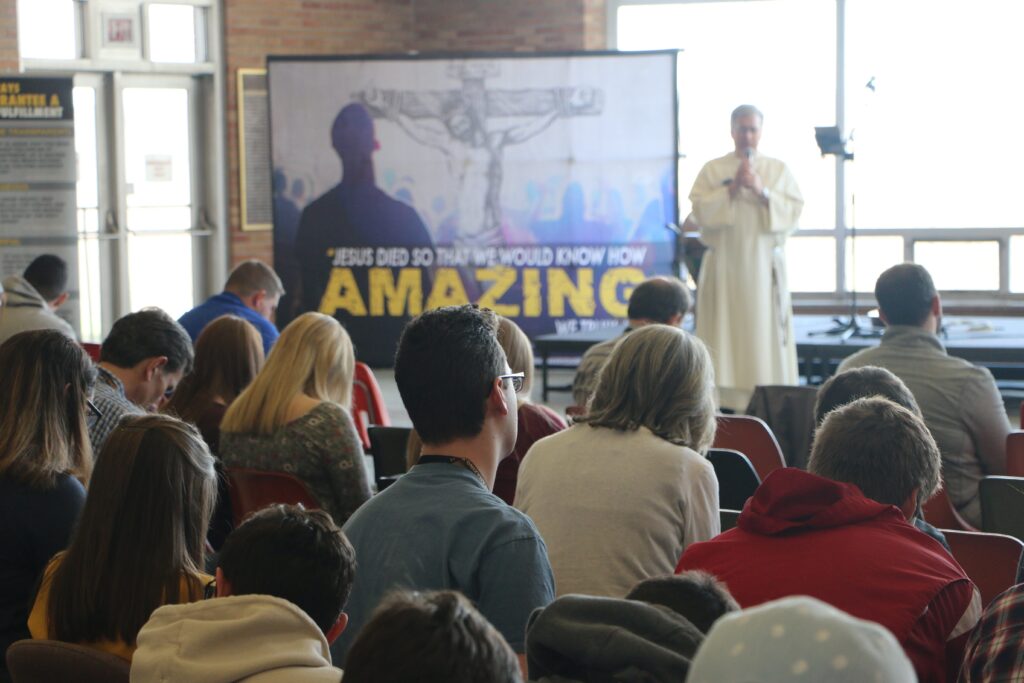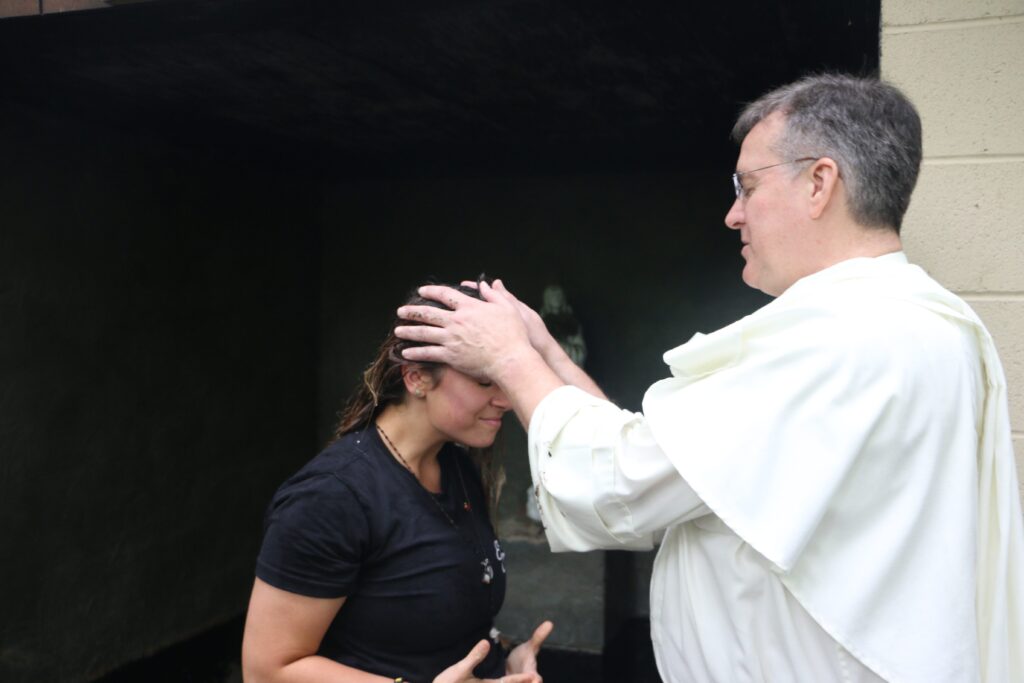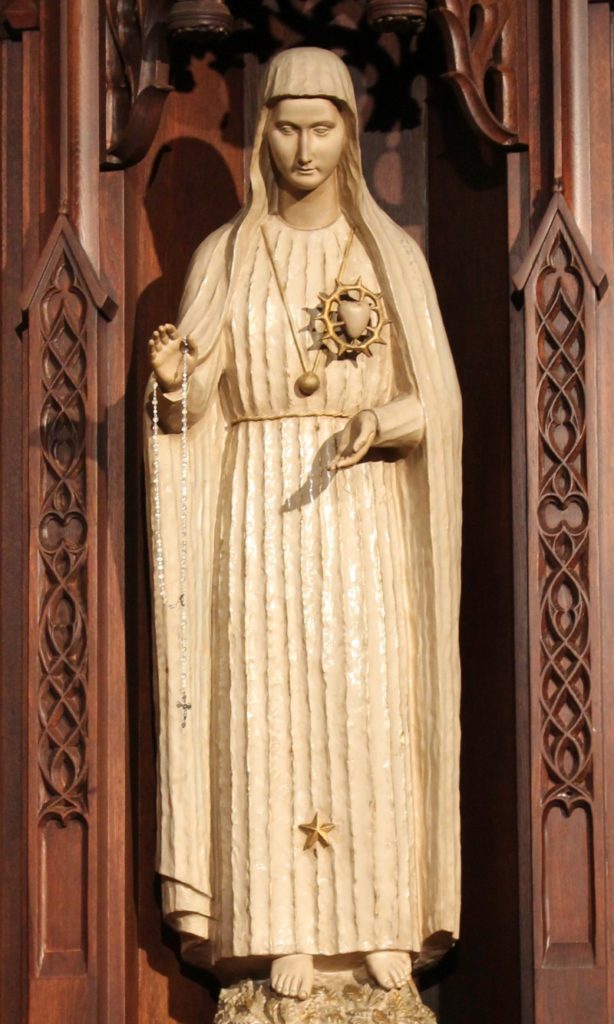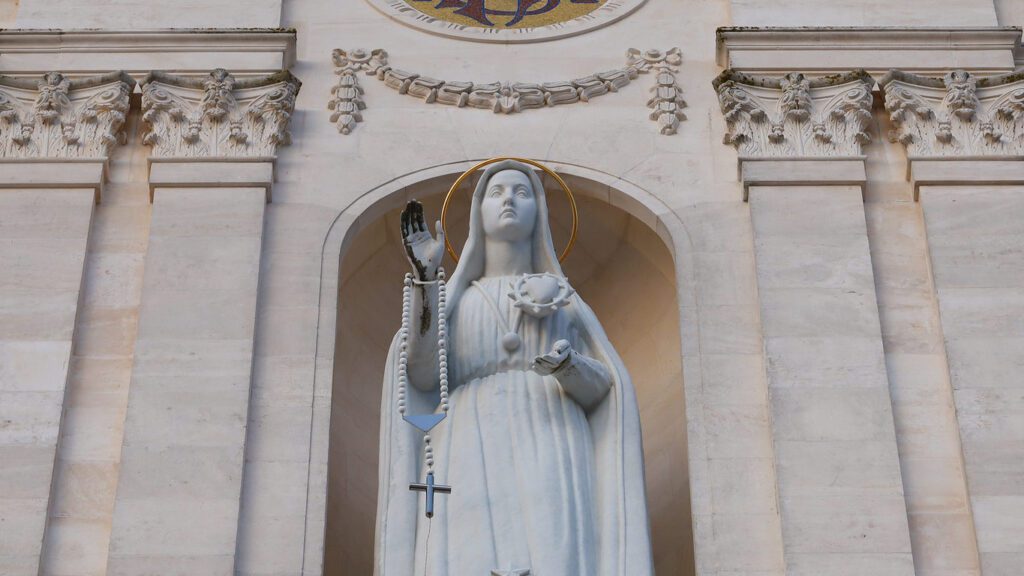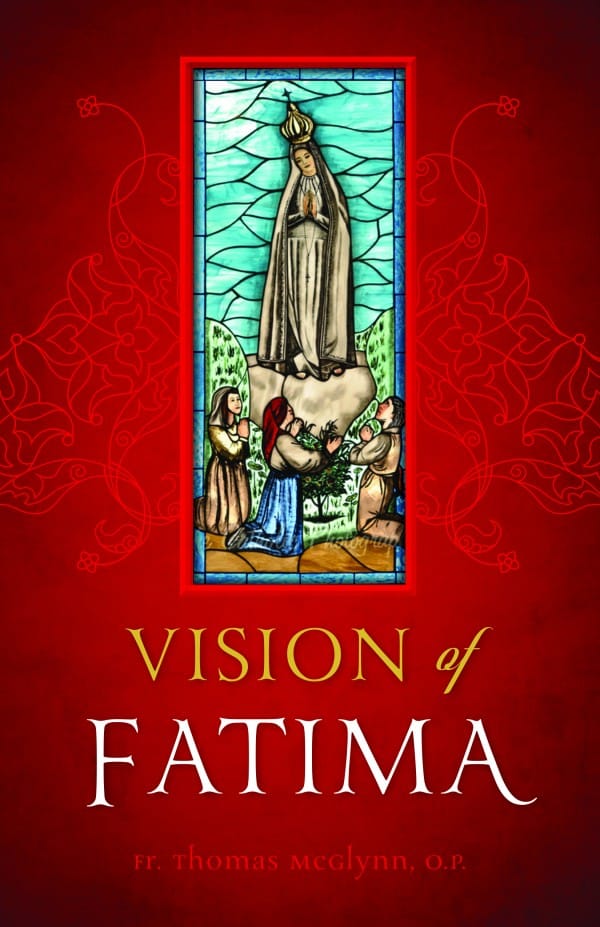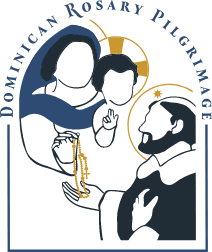- Pray for the virtue of penance.
It might be helpful to think of penance as a counterpart to gratitude: just as we owe gratitude to God for the benefits He has given us, so too we owe God sorrow for the offenses we’ve committed against Him. This reasonable sorrow about our sins is called the virtue of penance, and it is at the heart of the Sacrament of Penance. The more deeply we are rooted in the virtue of penance, the more powerful our confessions will be.
- Memorize an Act of Contrition.
Being contrite is essential to making a good confession. Yes, simple versions of the Act of Contrition (like “Jesus Christ, have mercy on me, a sinner”) work perfectly well. But the long versions can also educate us about what we are doing. About 500 years ago the Church defined contrition as “a sorrow of mind, and a detestation for sin committed, with the purpose of not sinning for the future.” A typical, full version of the Act of Contrition includes these three elements. For instance, this version has the penitent say: “I detest my sins… I firmly resolve… to do penance, and to amend my life.” If we know what we are asking for, we can more easily start to instantiate the characteristics of contrition in our lives.
- Examine your conscience with the virtues.
When I first learned to go to Confession, I was taught to examine my conscience by using the Ten Commandments. This is very good. But there are other ways to do this. For instance, one could examine one’s conscience with reference to the virtues. The cardinal virtues (prudence, justice, fortitude, and temperance) and the theological virtues (faith, hope, and love) are the basic blueprint for living a happy life—and by seeing how we fail in these, we can also offer ourselves back to God. Someone who was ambitious could even read over the Catechism passages linked above to launch a self-reflection.
- Pray before Confession.
One introduction which the priest may pray over you, before you begin your confession, says: “May the grace of the Holy Spirit fill your heart with light, that you may confess your sins with loving trust, and come to know that God is merciful.” I like this prayer, especially its focus on asking for light for our minds to know our sins, and trust in God’s mercy—two good things to ask for before Confession.
- Renew your sorrow for sins of your past life.
One possible way to finish one’s confession is with these words: “I am sorry for these sins, and all the sins of my past life.” The purpose isn’t to ask for the forgiveness of these sins of one’s “past life”—they’ve already been forgiven definitively by penance—but to root ourselves more deeply in the virtue of penance. One can even add: “for the sins of my past life, especially [of this sort].” This acknowledges both our continuing need for being healed more deeply from our sins and tendency to sin, and the objective power of the sacrament to convey this to us.
- Fulfill your penance attentively.
When we get a penance, its effectiveness isn’t just like a private prayer of ours. Rather, it shares in the objective power that Christ gives to the sacraments. This means that the penance—even a small one— can be much more powerful than even a favorite devotion of our own choosing. In this sense, a penance isn’t only a punishment, but also a gift.
- Go.
All of the good effects of the Sacrament of Penance can only take effect, if you actually go.
This article was originally published on dominicanajournal.org and was written by Fr. John Sica, O.P.
